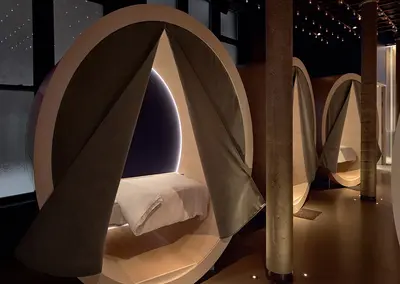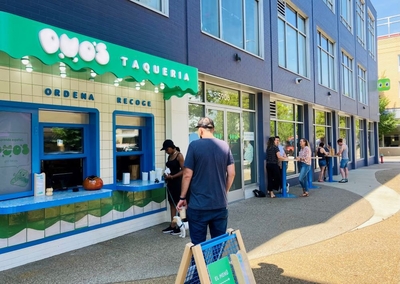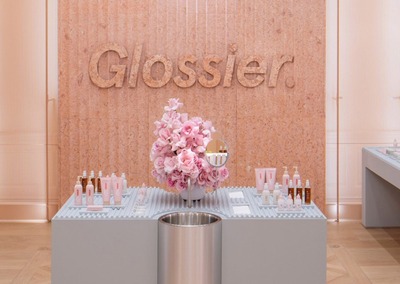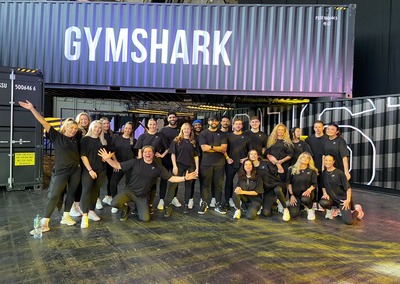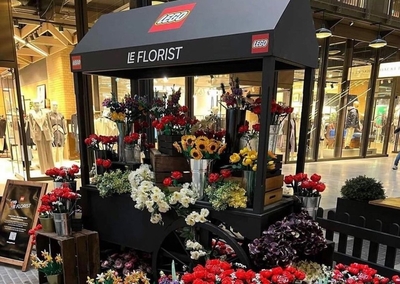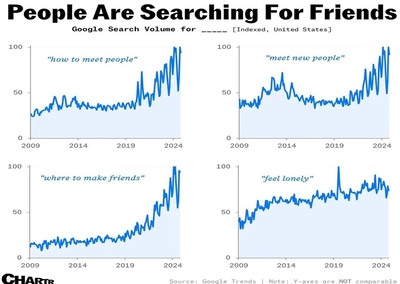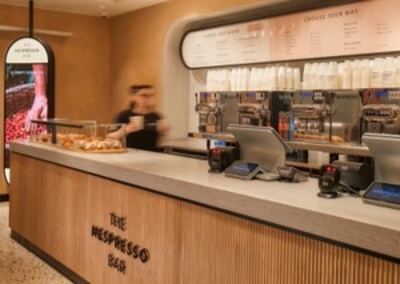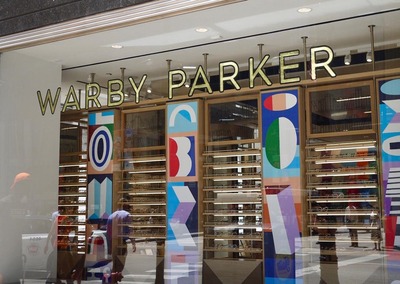The online mattress brand is now no stranger to physical retail; it has over 50 stores worldwide, hosted a glamping trip during the last total solar eclipse, and even set up a pay as you go nap hotel in New York called the Dreamery.
IRL will never die
The internet provides unparalleled freedom, but nothing beats the in-person experience.
The popular language learning app runs a Taqueria called Duo’s in Pittsburgh. It’s a great tool for building recognition, bringing in new customers, and fulfilling its mission of improving language skills: customers can try the “Español Challenge” to get a discount on their order. It accounts for ~$1M of the ~$625M in revenue Duolingo makes each year.
The beauty brand was hailed as a poster child for the DTC model. But now, as Shane O Leary notes, “it has 11 stores and a Sephora partnership is key to recent growth.” Like many brands it is realising that physical stores play a crucial role in brand growth.
The brand was born online, but Gymshark is now heavily investing in physical marketing; recently opening its flagship store on Regent Street in London, and routinely hosting live events where hundreds of fans exercise together.
Lego (temporarily) turned their Battersea Power Station store into a florist – a brilliant way of bringing the brand to life.
People aren’t hungry for more virtual connections, they want more real connections.
Nespresso entered the coffee-to-go market in 2024, opening its first café near Liverpool Street station – as the busiest train station in England, it’s not a bad place to attract new customers.
Once a poster child for the DTC model, the glasses brand now generates 2/3 of its revenue from physical stores.

